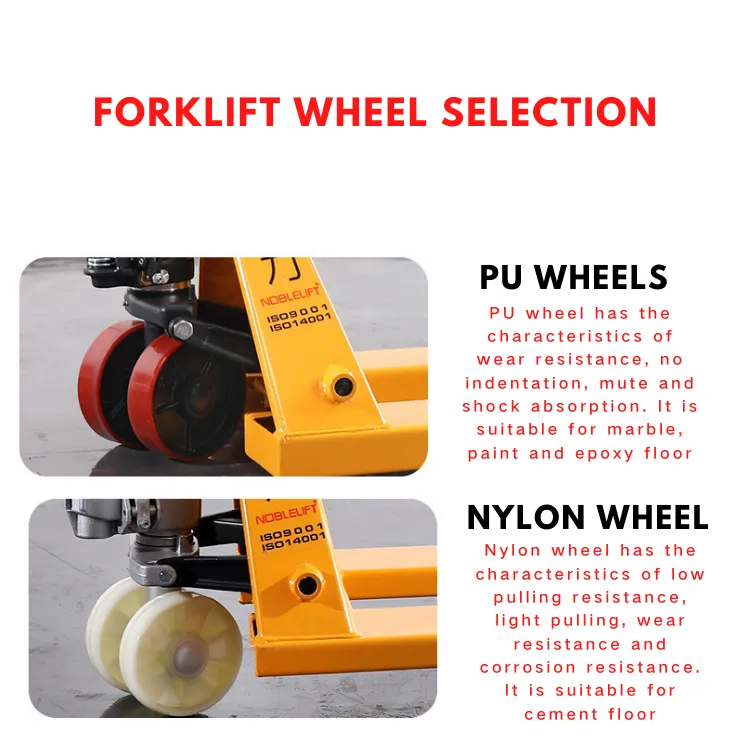lifting magnets for sheet metal
Lifting Magnets for Sheet Metal Enhancing Efficiency in Manufacturing
In the bustling world of manufacturing, the movement and handling of heavy materials are pivotal to operational efficiency. Among the most effective tools for this purpose are lifting magnets, specifically designed for sheet metal applications. These powerful devices offer a reliable solution for lifting, transporting, and positioning heavy metal sheets, thereby reducing labor costs and increasing safety on the shop floor.
Understanding Lifting Magnets
Lifting magnets operate on the principles of magnetism, utilizing electromagnetic forces to lift ferrous materials, such as steel and iron. These devices come in various shapes and sizes, tailored to meet the specific needs of different applications. From small portable units to larger industrial models, lifting magnets can lift loads ranging from hundreds to several tons. This versatility makes them essential in various sectors, including manufacturing, construction, and waste management.
Advantages of Lifting Magnets for Sheet Metal
1. Increased Efficiency Traditional methods of handling sheet metal often involve cranes or bulky equipment that can slow down production. Lifting magnets streamline this process, allowing for quick and efficient movement of materials. Operators can easily attach and detach magnets, speeding up workflows and reducing downtime.
2. Enhanced Safety Manual handling of heavy sheet metal poses significant safety risks, including injuries from lifting hazards and dropped materials. Lifting magnets minimize these risks by allowing a single operator to manage heavy loads without the need for physical strain. This leads to a safer work environment and contributes to reduced workers’ compensation claims.
3. Improved Precision Handling large sheets of metal with precision is crucial in many manufacturing processes. Lifting magnets provide a stable and secure grip, reducing the chances of slips or drops. This reliability translates into better quality control, as manufacturers can achieve greater accuracy in their assembly and installation processes.
4. Cost-Effectiveness While the initial investment in lifting magnets may seem substantial, the long-term savings can be considerable. With reduced labor costs, minimized material waste, and decreased injury-related expenses, lifting magnets often pay for themselves over time. Moreover, their durability and low maintenance requirements further enhance their cost-effectiveness.
Types of Lifting Magnets
lifting magnets for sheet metal

Lifting magnets can be categorized into two main types permanent and electromagnetic.
- Permanent Magnets These magnets do not require an external power source and maintain their lifting capabilities at all times. They are ideal for applications where power availability is a concern. Permanent magnets are generally lighter and easier to use, making them suitable for mobile applications.
- Electromagnetic Magnets These require an electric current to generate a magnetic field. When the power is turned off, the magnet loses its lifting ability, which can be seen as both an advantage and a disadvantage. Electromagnetic magnets can provide a stronger lift and are often favored in industrial settings for their flexibility and control.
Applications of Lifting Magnets
Lifting magnets find their applications in various industries, including
- Metal Fabrication In metal fabrication shops, lifting magnets are essential for moving sheets from one station to another, facilitating processes such as welding, cutting, and bending.
- Construction In the construction industry, these magnets are employed for lifting steel sheets and beams, ensuring that large components are secured efficiently during assembly.
- Scrap Yards Lifting magnets play a crucial role in scrap metal processing, enabling quick and effective relocation of ferrous materials for recycling.
Conclusion
Lifting magnets represent a significant advancement in the handling of sheet metal in various industries. Their ability to enhance efficiency, improve safety, and reduce costs makes them an invaluable tool in modern manufacturing environments. As industries continue to evolve, the adoption and innovation of lifting magnets will likely grow, further enhancing operational capabilities and productivity. Investing in such technology not only modernizes equipment but also contributes to a safer and more efficient workplace.
-
Unlock Seamless Relocation with Our Heavy Equipment Moving ExpertiseNewsJun.06,2025
-
Unleash Unrivaled Flexibility with Our Adjustable Gantry CraneNewsJun.06,2025
-
Unleash Heavy-Duty Efficiency with Our Industrial Gantry Crane SolutionsNewsJun.06,2025
-
Revolutionize Steel Handling with Our Magnetic Lifter RangeNewsJun.06,2025
-
Master Equipment Mobility with Premium Machinery Mover SolutionsNewsJun.06,2025
-
Elevate Your Material Handling with Magnetic Lifter TechnologyNewsJun.06,2025
-
YS Permanent Lifting Magnets: The Smarter Way to Handle SteelNewsMay.22,2025
